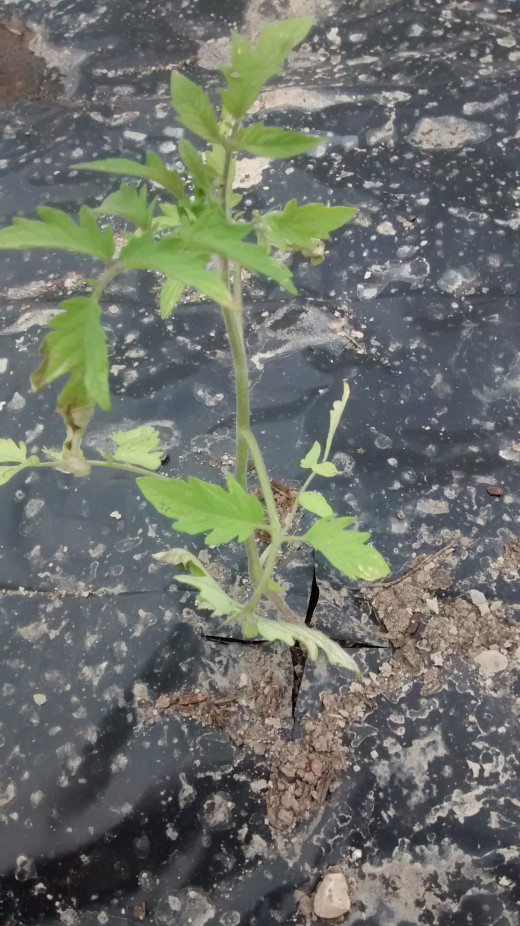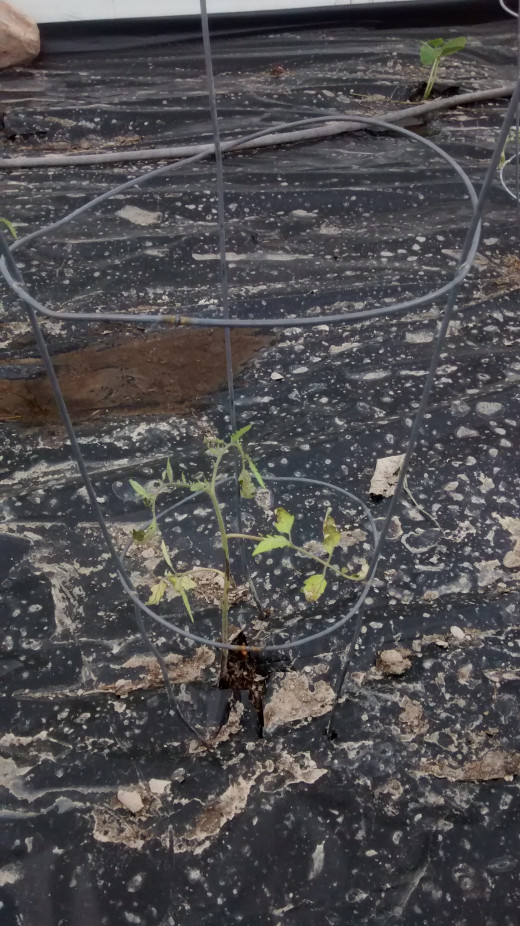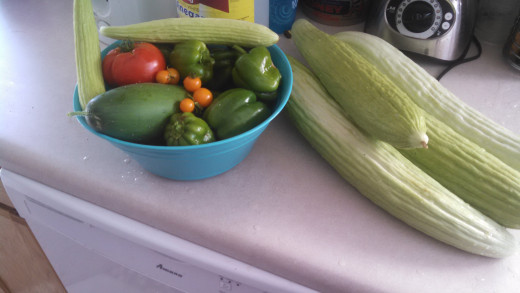DIY: How to Make a Vegetable Garden That You Won't Have to Weed

A Time Tested Method That Has Already Proven Itself to Be Effective
I first learned this technique when I married my husband. His family has been using this method for decades.
They have a huge vegetable garden every year and are able to focus all of their time and energy out in the garden on harvesting delicious vegetables, because this technique eliminates the need for spending hours on end weeding over and over again throughout the summer.
Once I learned this technique, I could never go back to gardening any other way, and I have a feeling that once you see how easy this is, you will be a quick convert to this gardening method too.
After all, who wouldn't want to enjoy the fruits of a beautiful garden without having to go through all the hard work of weeding on a regular basis?
Would you like gardening more if you didn't have to worry about weeding?
Step #1: Choose Healthy and Strong Starts to Plant In Your Garden
I love going to the nursery to pick out the starts that are going to go into my garden each year. I'm like a kid in a candy shop with all the choices.
It's so fun for me to go through the rows of plants, and pick out which ones I think have the best chance of providing me with an abundance of vegetables at the end of a summer.
I really enjoy the ease of this process and the fact that I don't have to worry about whether my seeds are going to end up actually turning into plants, but I know that purchasing starts at a nursery isn't for everyone.
If you are the type who likes to see the whole process of having seeds turn into plants and then into delicious vegetables, you will have to plant your seeds somewhere and then transplant the starts into your garden.
Unfortunately, this weed free gardening technique that I use won't allow you to start with seeds in your garden, but I think most people would agree that having a weed free garden makes it worth having to transplant starts rather than starting with seeds.
Step #1: Make Sure Your Garden Area Is Weed Free Before You Begin to Plant
The first thing you need to do to make sure that your garden is going to be weed free throughout the summer is make sure that there aren't any weeds in your garden area when you plant.
The method that I use for gardening is really quite effective, but if you already have a weed issue when you start your garden, it is likely that it will progress into a bigger problem throughout the summer even if you use my handy technique.
Weeds are sneaky little things as I'm sure you already know. This is definitely a case where an ounce of prevention is worth a pound of cure.

Step #2: Roll Out Black Plastic Over the Top of Your Garden Area
Once you have your garden area completely weed free and have your soil prepped for planting, you are going to roll out black plastic over the top of your garden area.
You can find rolls of black plastic in the painting section of your local Walmart (at least that's where I picked up mine this year). It's inexpensive, and in my opinion completely worth the cost since it saves a lot of time down the road.

Step #3: Cut Small "X" Shaped Slits in the Black Plastic
Next, you are going to pull out your scissors and cut a small "X" in the black plastic wherever you want to have a plant.
Make sure to pay attention to how much space each plant is going to need before you start cutting "X"s all over the place.
This will make it so your plants have plenty of room to grow and mature throughout the summer, and it will eliminate unneeded holes in the plastic where weeds can sneak in later on.

Step #5: Plant Your Starts Where You Cut the "X"s
This is a situation where "X" literally marks the spot. Just pull out your spade and start planting in the center of each "X."
When you are done planting, make sure that the flaps of plastic are on top of the soil, so that they can block as much territory from stray weeds as possible.
It's amazing how easily a stray dandelion seed can find the smallest piece of soil to grow in. As you already know, weeds are notorious for growing in places where you would think it's practically impossible to grow.

Step #6: Add Cages Wherever Needed
Once you have your starts planted, you want to add cages to any plants that need them for a little bit of extra support. You can just poke the bottom of the cages right through the plastic with little effort at all.
Step #6: Distribute Rocks, Bricks, or Other Weights on Top of the Black Plastic
You don't want your black plastic blowing around in the wind, so you are going to have to hold it down somehow.
We usually use random rocks, bricks, or anything else we can find that's heavy around our yard.
You might not have an abundance of rocks or bricks handy, but you can just use whatever is the most convenient for you

Step #7: Feed Your Garden, and It Will Feed You
This next step is the same as you would do with any garden, so it's probably not anything new to you.
Just make sure that you give your garden plenty of water (and give it a little bit of Miracle Grow from time to time if you like to go that route), and you are well on your way to having a lush, beautiful garden that will produce all kinds of delicious vegetables, but very few weeds.
Give it a shot! I'm fairly confident that you won't be disappointed...unless you love weeding. Then you should ignore my advice, because this definitely is not the gardening method for you.








